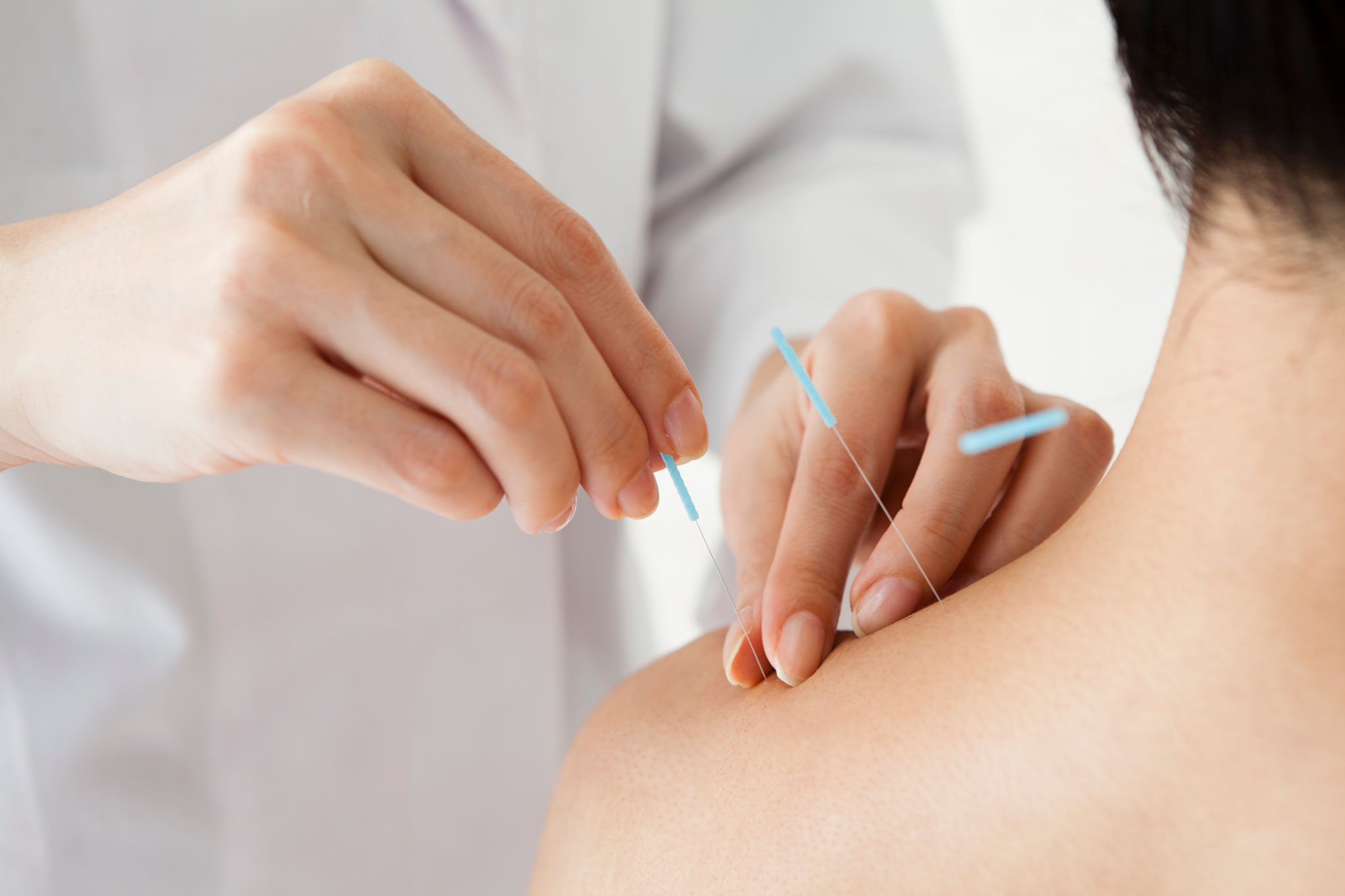How Acupuncture Can Enhance Your Athletic Performance and Recovery
Understanding Acupuncture: A Brief Overview
Acupuncture, a traditional Chinese medicine practice, involves inserting thin needles into specific points on the body to balance energy flow, known as Qi. This ancient technique is gaining popularity in the athletic community for its potential to enhance performance and recovery. By targeting specific areas, acupuncture can help in alleviating pain, reducing inflammation, and promoting overall wellness.
Many athletes are turning to acupuncture to complement their training regimes. This practice not only aids in physical recovery but also enhances mental focus and resilience. The holistic approach of acupuncture addresses both the physical and mental demands of athletic performance.

Boosting Athletic Performance with Acupuncture
Acupuncture can enhance athletic performance by improving circulation and reducing muscle tension. When the needles are inserted into the skin, they stimulate the nervous system, which can increase blood flow to specific areas. This boost in circulation helps deliver more oxygen and nutrients to muscles, enhancing performance.
Athletes often experience muscle tightness and discomfort due to intense training sessions. Acupuncture can help relax these muscles, allowing for better flexibility and range of motion. By reducing muscle tension, athletes can achieve a more fluid and efficient movement during their activities.
Facilitating Faster Recovery
One of the key benefits of acupuncture is its ability to promote faster recovery. After rigorous workouts or competitions, athletes need to recover quickly to maintain their training schedules. Acupuncture aids in reducing inflammation and swelling, which can speed up the healing process.
Additionally, acupuncture can help manage pain effectively. By stimulating endorphin release, the body’s natural painkillers, this practice can reduce discomfort without relying on medication. This natural approach is particularly appealing to athletes who prefer drug-free pain management solutions.

The Role of Acupuncture in Injury Prevention
Injury prevention is crucial for athletes aiming for long-term success. Regular acupuncture sessions can help identify and address imbalances or weaknesses in the body before they lead to injuries. By maintaining a balanced energy flow, athletes can reduce their risk of common sports injuries such as strains and sprains.
Furthermore, acupuncture can enhance proprioception—the body’s ability to sense movement and position. Improved proprioception contributes to better coordination and balance, essential for preventing falls and other accidents during sports activities.
Incorporating Acupuncture into Your Routine
If you’re considering adding acupuncture to your training routine, it’s essential to consult with a licensed acupuncturist who has experience working with athletes. They can tailor treatments to your specific needs and goals, ensuring you receive the most benefit from each session.
- Start with an assessment of your current physical condition and any specific concerns or goals.
- Set a regular schedule for acupuncture sessions, particularly around your training and competition cycles.
- Combine acupuncture with other recovery methods like massage or physiotherapy for a well-rounded approach.

Conclusion: A Holistic Approach to Athletic Success
Incorporating acupuncture into your athletic routine offers a holistic approach to improving performance and speeding up recovery. By addressing both physical and mental aspects of training, acupuncture can be a valuable tool for athletes striving for peak performance.
Whether you are a professional athlete or someone who enjoys regular exercise, exploring the benefits of acupuncture could be a game-changer in your athletic journey. As more athletes experience its positive effects, acupuncture continues to establish itself as a crucial component of modern sports medicine.
